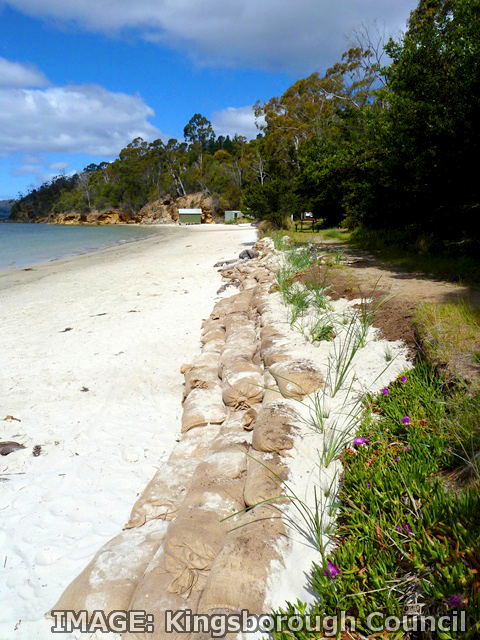Coastal map launched
 Australian researchers have created the world’s first comprehensive national-scale map of marine habitats.
Australian researchers have created the world’s first comprehensive national-scale map of marine habitats.
Seamap Australia brings together and makes publicly accessible a vast range of data, from seafloor habitats to natural resources such as fisheries and mineral resources, and from ocean depths to infrastructure such as pipelines and cables.
IMAS researcher Dr Vanessa Lucieer, Seamap Australia co-founder and lead author of a new paper published in the journal Scientific Data, said the database allowed a quantum leap in capacity and access to information.
“The Australian terrestrial landscape has been mapped in great detail, down to the location of every road, house and forest,” Dr Lucieer said.
“But, until now, maps of the oceans around Australia were essentially a big, blue blank.
“In recent years governments around Australia have invested heavily in the collection of data about seabed habitats in our coastal and offshore waters.
“However, this information was held on different databases and varied greatly in details such as classification schemes and data formats.”
Dr Lucieer said the aim of the IMAS team that created Seamap Australia was to bring the data together in a single open and easily accessible database.
“Seamap Australia is the first single source in the world that people can turn to for consistent nation-wide data about marine habitats.
“It brings together information from a wide range of sources, including government departments, research organisations, universities who have worked individually to map features around the Australian coast.
“This data provides users with unique new insights whenever they seek information about the waters around Australia.
“For example, information about oil or gas pipelines might be overlaid with maps of seafloor terrain, fishing activity and the presence of species such as fish, sea grasses or corals.
“The depth and flexibility of the data that’s available is providing government, industry and the community with an unprecedented level of information that can support better decision making,” Dr Lucieer said.







 Print
Print